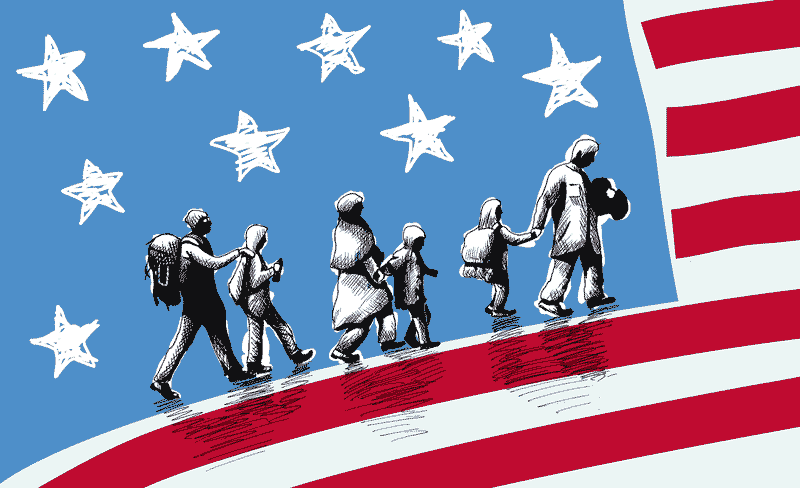The thick air from smoke rises up around the charred government buildings of Kathmandu, Nepal. Loud clanging of flagpoles falling down and the sound of chants echo throughout the city center of Basantapur Square, led by young protestors. However, one question rings louder above all else: can peace truly be forged in the midst of war? Can justice, long denied to ordinary Nepali citizens, finally become the foundation of that peace?
The Nepalese Gen Z protests which erupted in 2025 may have appeared overnight on the news, but they were years in the making. The Nepali government tightened its grip on power by silencing opposition and enriching the elite, fueling public anger and mistrust. Additionally, job shortages, inflation, and the steady collapse of public services over the past decade heavily affected many families. For nearly 10 years, Nepali citizens, especially young people, felt ignored by their government and leaders. They watched opportunities shrink while corruption expanded. Resentment grew quietly, year after year, until it exploded into the open. For many, the protests were not simply about power or economics, but about the deeper injustice of a system that left an entire generation voiceless. The majority of protesters were teenagers and young adults, who were united in frustration and utilized a common tool: social media. It became a lifeline for them to use and also a battlefield against the government’s failures. Activists online began organizing protests, rallying many. Despite the government fighting back with shutdowns and misinformation, the strength and sheer number of the young activists could not be stopped as the digital uprising intensified. Social media amplified the call for justice, turning individual anger into a national movement demanding fairness and dignity for all.
Then, in early March 2025, the nationwide ban of social media triggered a mass revolt. The streets filled with demonstrators who started off fighting for their rights peacefully as a march; however, this quickly escalated to an uprising by the end of the week. The leaders of the revolution were often Gen Z activists, with students, coders, and young workers leading the charge against the long-ruling government. They stormed many government buildings and set them on fire due to the government’s refusal to help the everyday people. Though destructive, these acts reflected not only the rage but also a desperate effort to dismantle an unjust system and force the nation to reckon with its failures. It represented not just rejecting the government, but the younger generation demanding accountability from those who ruled before them.
However, the government ended up responding to these protests with force. They deployed riot police who fired tear gas at the protestors and arrested hundreds of them. Yet, instead of silencing the movement, the repression strengthened it. Each arrest became a spark, each crackdown a rallying cry, as thousands more poured into the streets. By late March 2025, the power balance had shifted and the government collapsed under the pressure of its own citizens. The fall of the regime was not merely the collapse of authority, but it was the people’s declaration that true peace must be built on justice, not oppression.
As the dust settled, order had collapsed, and Kathmandu continued to stand in an uneasy silence. While the violence in the streets has ended, peace is neither close, nor a guarantee. Nepal now faces its most important question: rebuild with compassion or risk falling deeper once more into violence. Seeking stability, the people looked for new leadership. In a historic election held on April 2, 2025, organized through Discord, the social media platform that was once banned, the people chose their first female prime minister, Sushila Karki, as an interim leader. Her leadership represents a simple and powerful truth: peace without justice is only a pause between battles, but peace with justice can endure.
The story of Nepal’s revolt illustrates to us a paradox that many countries in conflict face: war may destroy nations, but it also forces them to confront the injustices they once ignored. The chants and marches of the youth, the defiance and courage from the ordinary citizens, and the fall of the unresponsive and biased government were all acts of war against injustice. Importantly, these acts were not for conquest, but for equality. Yet, in the quiet that follows, a new kind of war begins: the struggle to preserve peace. Peace, after all, is not the absence of war — it is the triumph of justice. Nepal’s young generation has proven that when peace rises from the ashes of oppression, it can become stronger than the flames.
